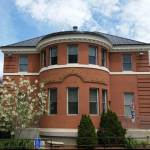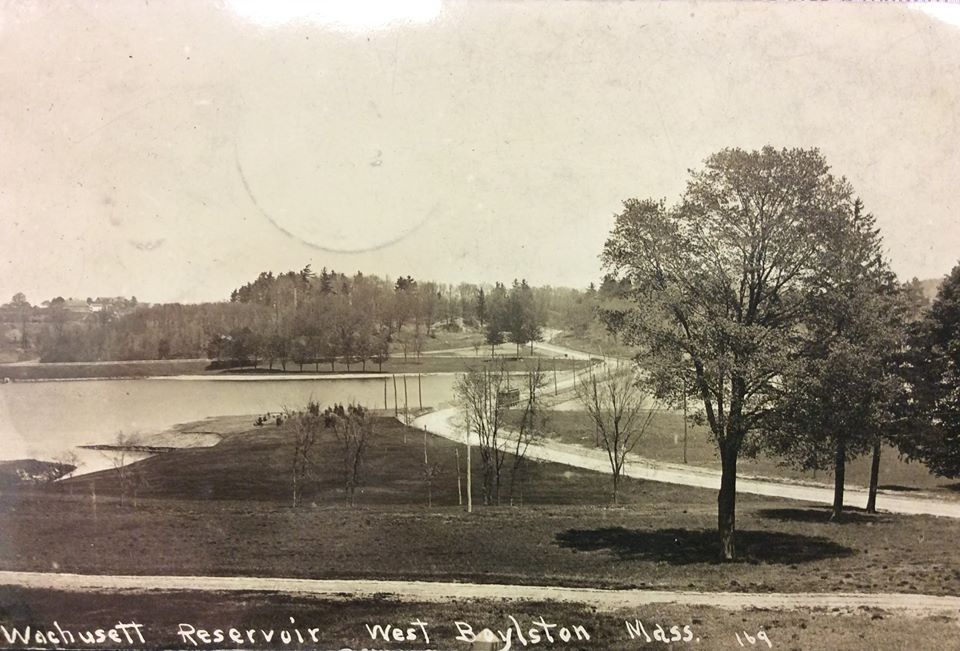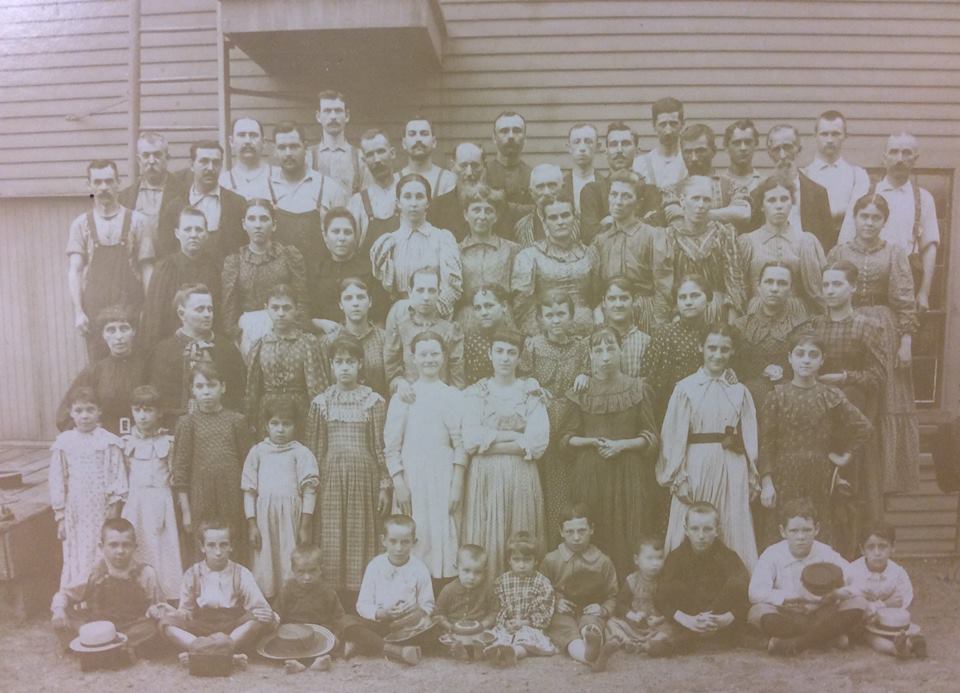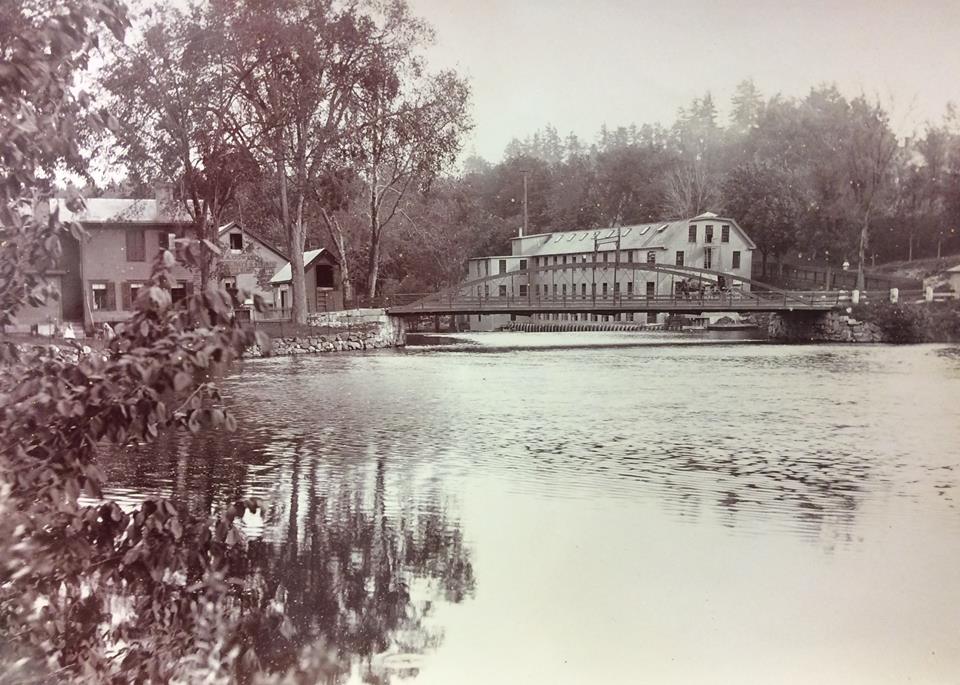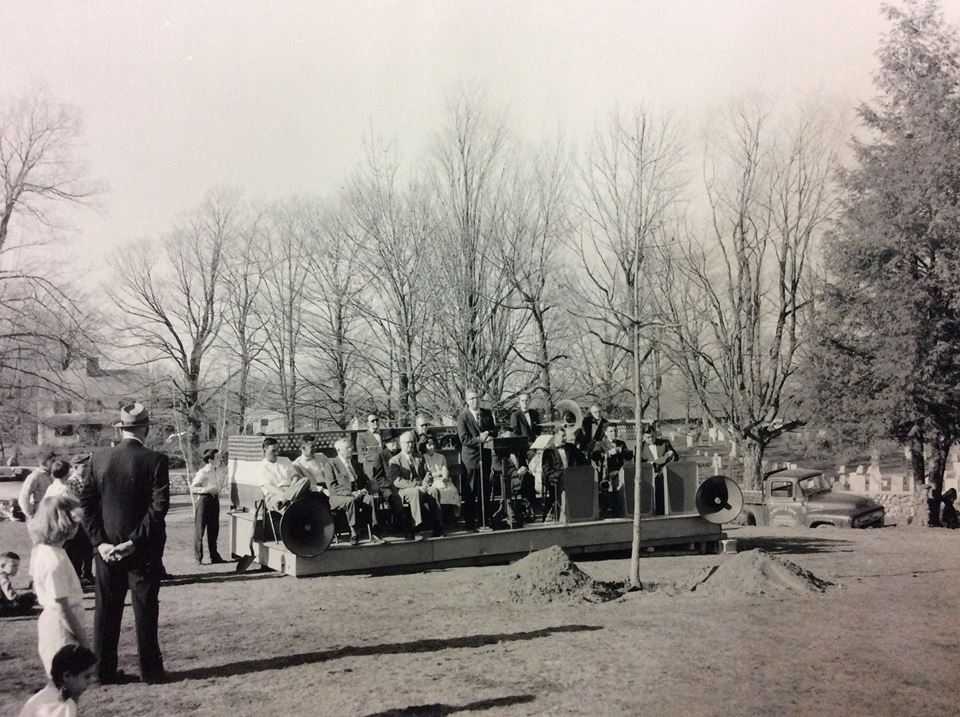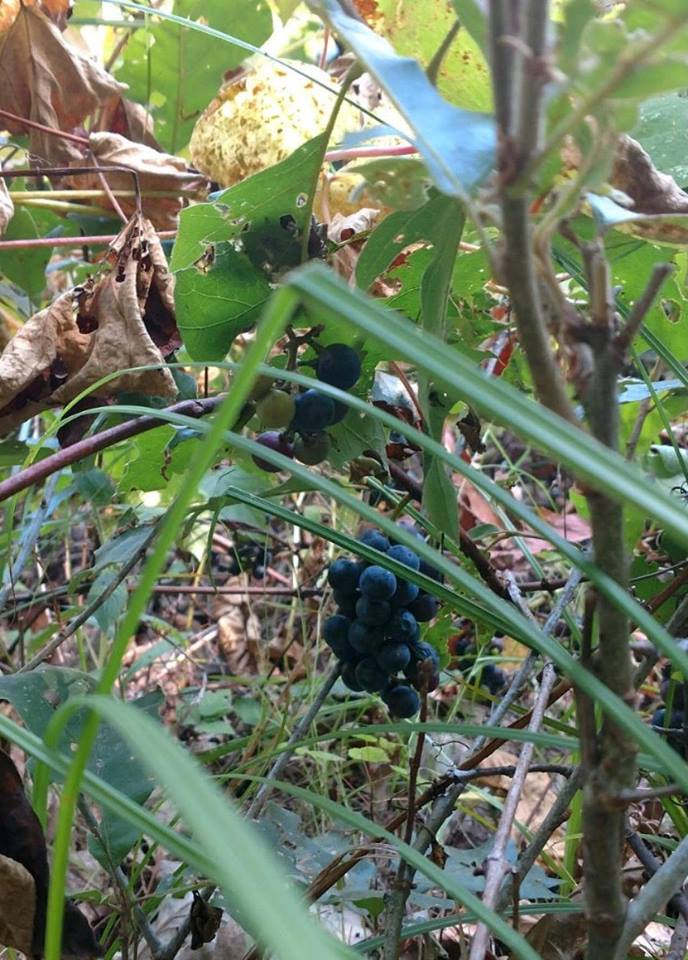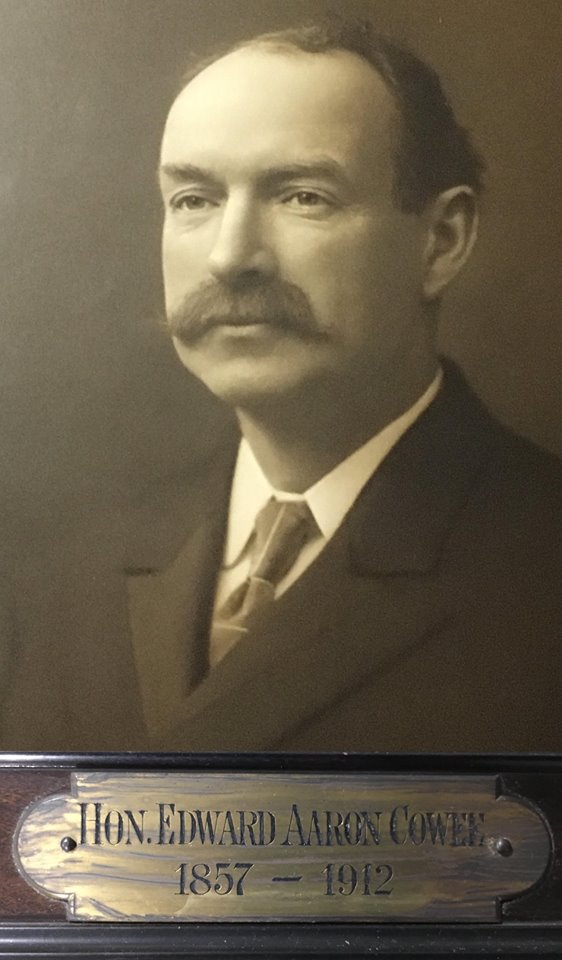West Boylston History
World War I (1918)
World War I is perhaps best known for its trench warfare. Soldiers were stuffed into often muddy, cramped dugouts. In July 1918, one West Boylston resident, Emily Richardson, received a letter from her brother, Herbert, serving with the Canadians in France. His testimony is as follows: “I am writing this letter in a hole, dug…
Read MoreWartime Agriculture (1917)
West Boylston’s soldiers left for training in the few weeks following Congress’ declaration of war on April 6, and, at home, the town prepared to contribute to the war effort. World War I had raged already for three years in Europe. America’s allies, including Britain and France, faced starvation. To support our allies and our…
Read MoreReservoir Postcard (1910’s)
Does this location look familiar to you? Imagine taller trees, cars instead of a trolley, more construction equipment, and, just beyond the left edge of the photograph, the Old Stone Church. This postcard, created likely in the late 1910s following completion of the Wachusett Reservoir, looks north to the Rt. 140 causeway across the reservoir.…
Read MoreMill Workers (1800’s)
West Boylston was a mill town in the 19th century. Several mills lined the Quinapoxet River: Cowee’s Mill, Clarendon Mills, and Rice’s Mill, to name a few. The mills, of course, no longer stand, and their foundations rest at the bottom of the Wachusett Reservoir. Below are photographs of some mill workers. Both photographs depict…
Read MoreCowee Mill (1800’s)
Below are some of West Boylston’s old mills. The first picture depicts Cowee’s Mill perched on a small dam waterfall. The large, white building dotted with windows (featured in the second and third photos, both times on the right) is Rice’s Mill. The final mill in these photographs, not shown clearly, is Eli Holbrook’s mill…
Read MoreSesquicentennial Parade of 1958
Some photos of floats and marchers in West Boylston’s Sesquicentennial Parade in 1958! Everyone in town came out for this: local businesses, the Boy Scouts, and several Churches. West Boylston owes much of its 1808 foundation to Ezra Beaman, who advocated for his town. Initially, West Boylston was part of Shrewsbury. With help from Beaman…
Read MoreThe Beaman Oak (1958)
The Beaman Oak is a symbol of West Boylston featured on our town seal. Its origins date back to pre-Revolutionary War times, when West Boylston was part of the larger town of Shrewsbury. The Beaman Oak was a tree on town founder Ezra Beaman’s property beside his family’s cemetery. According to legend, Ezra filled the…
Read MoreGrapevines (before 1620)
If you enjoy spending time exploring the various rail trails and pathways around our town and those nearby, you might notice some grapevines mixed among the trees. These plants were cultivated and eaten by Native Americans before the arrival of Europeans. It’s also possible that, at one time, these grapes were cultivated by local mill…
Read MoreResidents Give Back (1800’s-1900’s)
West Boylston has had some nationally-recognized “celebrities” in its day, like Robert Bailey Thomas or David Lee & Lydia Maria Child, but it’s important to recognize the residents who gave back to the town. Three businessmen who became notable figures in the late 1800s-early 1900s were Hon. Edward Aaron Cowee, Eli Holbrook, and Henry Sawyer.…
Read MoreNews and Weather Events
Earthquake of 1755 Town Population (1800’s) Flood of 1900 Independence Day (1905) Eclipse of 1918 The Beaman Oak (1958) …
Read More